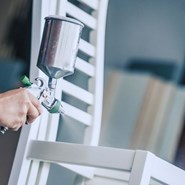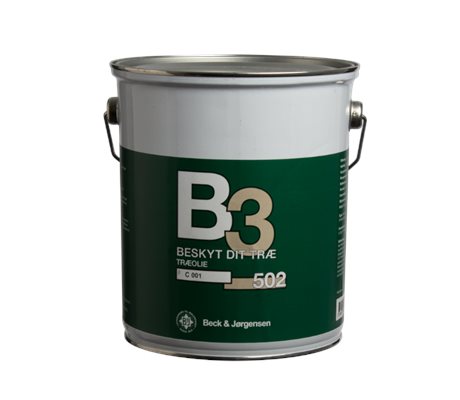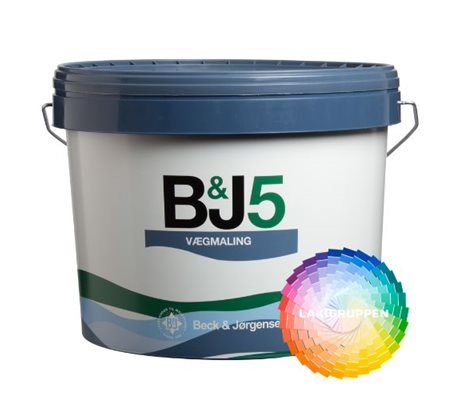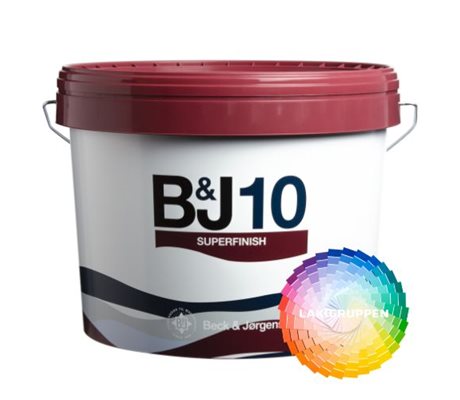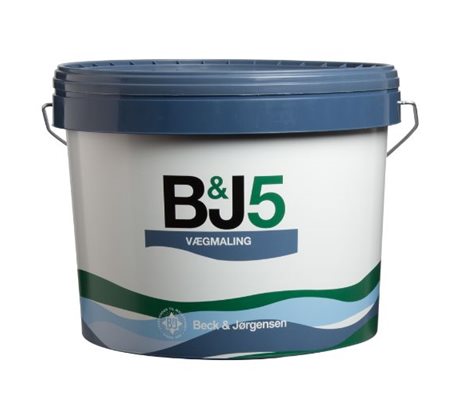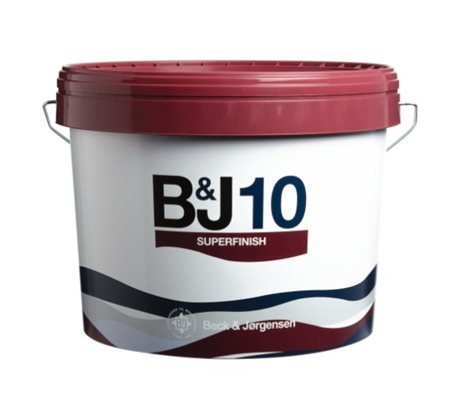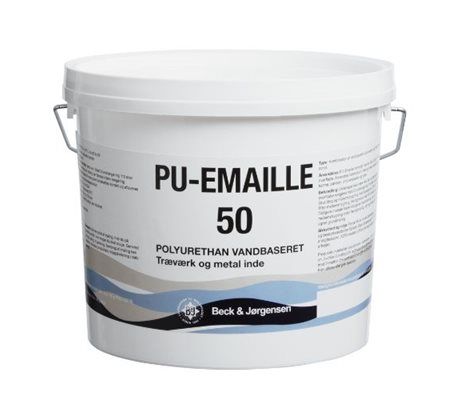Everything you need to know about gloss in paint
What is gloss in paint?
You may have wondered what gloss is and even been asked what gloss you would like.
When painting a surface, there are many factors to consider, such as color, quality, and gloss. In this blog post, we will guide you through what gloss level you should consider for different rooms, for your car, moped, and other surfaces.
Paint gloss is a measure of how reflective a painted surface is. It can have a big impact on how the paint looks and lasts over time. The higher the sheen level you choose, the more reflective and shiny the surface will be.
What is matte and high gloss?
A high-gloss surface will reflect more light than a matte surface, giving a shiny and reflective finish. A matte surface will reflect less light and have a more subdued, subtle look.
Gloss and building paint
Choosing a gloss level can depend on several things. One of the most important factors to consider is the intended use of the surface. If it is a high-traffic area, such as a door or stairwell, a high-gloss surface will be more resistant to wear and tear than a matte surface.
If it is a room that does not get a lot of "wear and tear", such as a bedroom, a matte surface may be appropriate and give a more relaxed and modern look.
Gloss level within wall and building paint
Gloss 0 - 5 / Full matt E.g. Ceilings.
Gloss 6 - 10 / Matt E.g. Living room, lounge, rooms, ceilings.
Gloss 11 - 29 / Semi-matt E.g. Kitchen, utility room (10-25) and bathroom (25-50)
Gloss 30 - 59 / Semi-gloss E.g. Woodwork (frames/mouldings - 30) and possibly bathroom.
Gloss 60 - 100 / Full gloss E.g. High gloss surfaces (e.g. furniture).
For indoor woodwork
For indoor woodwork
For door frames, frames, and windows, you can use gloss 30 - 50 - 80. Here we recommend using PU Enamel from Beck & Jørgensen, a hard, smooth and resistant polyurethane reinforced acrylic enamel.
When painting kitchen cabinets
Here I will choose gloss 35, it is considered "standard" and is used by kitchen companies.
Note that gloss level can affect the cleaning and maintenance of the surface. A high gloss surface will reflect more light and show more irregularities and stains, while a matte surface can hide them better. So if you have small children or pets who can leave fingerprints or stains, a matte surface can be more practical. However, conversely, it can also be difficult to keep a matte finish surface clean.
Gloss and car paint
Automotive paint typically has a higher gloss level compared to interior or exterior wall paint. The high gloss level is preferred for automobiles as it provides a smooth and reflective finish that enhances the appearance of the vehicle.
Automotive paint also needs to be durable and resistant to wear, weathering and fading, which is why high gloss paint with a hard and smooth finish is commonly used.
In addition to high gloss, there are other gloss levels available for automotive paint, including semi-gloss and satin finishes. The gloss level is typically chosen based on personal preference, as well as the type of vehicle and its intended use.
It basically works in the same way as regular paint. It can range from matte to high gloss, and the choice of gloss level depends on several factors, such as the type of vehicle, its purpose, and personal taste.
Gloss values in industrial and automotive paint
A high gloss automotive paint provides a more shiny and reflective surface that can contribute to the appearance of luxury and sports cars in particular. A matte automotive paint may be more practical on work vehicles or off-road vehicles, as it can help hide minor scratches and dents, while still providing a subtle and refined finish.
Gloss value 0-10, Matte has no/very low gloss and appears completely matte and muted.
Gloss value 20-30, Satin is slightly more reflective than a matte surface, but still with some attenuation.
Gloss value 50-60, Semi-gloss has a moderate sheen, which gives a slight reflection of light.
Gloss value 70-90, Gloss or high gloss is very reflective, giving a deep and mirror-like effect. A very popular choice.
So which gloss should you choose?
We have described that the gloss of the paint means the surface's ability to reflect light. Matte/low gloss = no or less light reflection, Glossy/high gloss = high light reflection. The gloss level you should choose for your painting project therefore depends on several factors that must be taken into account.
Gloss Levels in Wall and Building Paints You Should Consider
Location: High gloss is often used in high traffic areas because it is easy to clean and maintain, while low gloss is often used in low traffic areas because it hides imperfections better. Function: A high gloss paint is good for surfaces that need to be cleaned easily, such as kitchen and bathroom walls, while a low gloss is better for surfaces that will be touched frequently, such as doors and trim. Personal preference: Gloss level is a matter of personal taste. Some people prefer the look of a high gloss, while others prefer the look of a low gloss.
It is always a good idea to test a sample of the paint in the area where it will be used to see how it looks under different lighting conditions and to help you make your final decision.
Gloss level in industrial and automotive paint, what you should consider
Choosing the right gloss level in automotive paint can also affect the maintenance and durability of the car's surface, so it's important to consider all factors before making your final decision.
If you want to match the current gloss level on your car, it's important to accurately identify the existing gloss level. You can do the following to find out:
Visual assessment: Take a look at the car's paint and try to visually assess the existing gloss level. Compare it with samples or pictures of different gloss levels to find the best match.
Consultation with a professional: Visit an auto refinisher and ask them for their professional assessment. They will likely be able to identify the gloss level and advise you on which gloss level to choose to match it. (Not necessarily a free service).
It is worth noting that it can be difficult to achieve an exact gloss level match, especially if the car's paintwork has been exposed to sunlight and weather conditions over time, as this can affect the appearance of the paintwork. A professional paint dealer or auto body shop will be the best resource to help you achieve the desired result and match the gloss level as best as possible.



